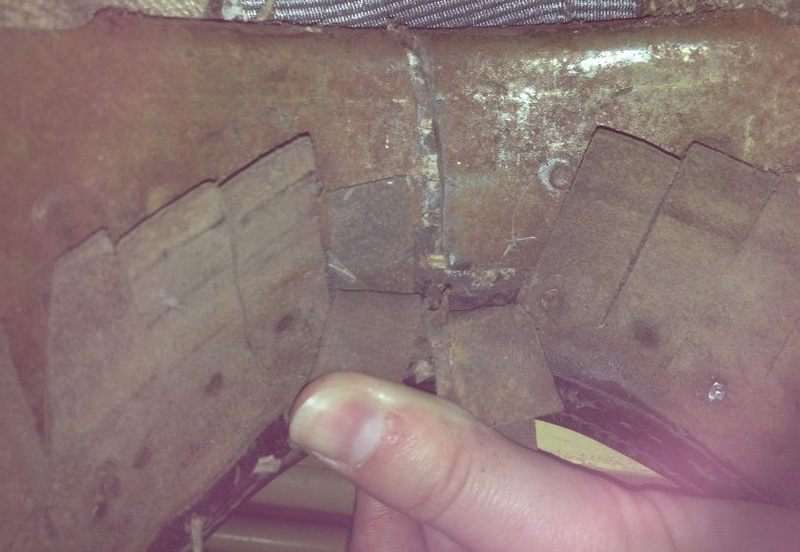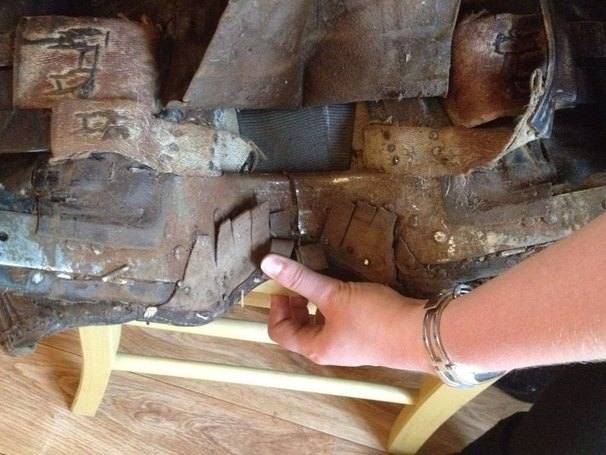Review of Macwet Gloves from Winter to Summer...
Posted on
Review of Macwet Gloves… from the winter to summer…

One of my wonderful sponsors, Macwet Gloves, kindly provided me with some pairs to try out, here is my review…..
As it was during the winter months when I secured the sponsorship I was hopeful that the Climatec gloves I received would be just as good as they claimed to be as I was spending an awful lot of time riding and working outdoors, (oh for an indoor arena…)
As most people are aware, our Winter was a seriously wet one, and day in, day out I seemed to be spending more time changing and drying my old gloves out (some rather nice expensive ones) rather than riding! Well, it is not the laundry I get paid for!
My first experience of the Macwet Climatec gloves were WOW, these look amazing, feel so soft and almost like a 2nd skin. More importantly they claimed to be water resistant with the clever use of “Aquatec” fabric technology,and wind proof, well I was about to find out! I also liked the fact that all the Macwet gloves are available in a wide range of sizes too, so you are assured that the gloves will be exactly right.
I was asked which cuff length I would prefer too, not something you find with most other manufacturers, some riders like the short cuff, others (like me) prefer the long cuff.
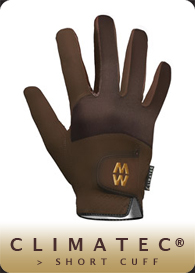
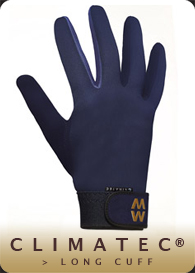
So, the test!
The first day I wore the gloves, it was wet and windy, I have a strong desire to have warm fingers when tacking up, and usually have to be bare handed to do the buckles up, but I tried to do everything in the macwets, not expecting to be able to, but I needn’t have been so worried, the gloves were indeed like a 2nd skin and I could manoeuvre every buckle and adjust tack as necessary! Result!!
So I had the tacking up box ticked!
Now onto the riding, up till this point I hadn’t got wet, just wind swept, but the rain test was indeed next up..
I rode in our school with horizontal rain, a good test for any clothing!
My tack was the same as always, reins not particularly slippery but usually I did lose grip on them in the rain with my old gloves, but after 30 minutes (and soaked to the skin!) the reins hadn’t slipped once. My gloves were still shaking off the wet and although very wet on the outer, my hands were still dry and warm. Another good result!
This was how the winter basically went – wet wet wet! But my hands after discovering the Macwet were dry and warm, EVERY time I rode.
The gloves also dried out in super quick time, so on the odd day when I had a few to ride, I could rest assured I was not going to be wringing my hands out mid ride to find grip!
The Climatec gloves got a massive thumbs up from me and a huge thank you to Macwet for developing such an amazing glove!
On to the spring/summer…
So, having spent 6 months in my climatecs, I thought it was time to try out the micromesh gloves.
These are designed with the same aquatec fabric which keeps your hands super dry, but the backing has a super airflow due to the clever micromesh.
As with the climatecs, the colours, sizes and cuff lengths are all available, making your gloves the perfect fit.
I rode a livery horse who was fairly hard work, and the temperature being in the high 20’s, I was going to be a tad warm, I knew that before even riding!
This time the gloves challenge was to keep my hands from sweating and losing grip, and yet again, the micromesh was amazing! The air flow did indeed aid cooling to my hands whilst the gloves remained non slip. Another success!
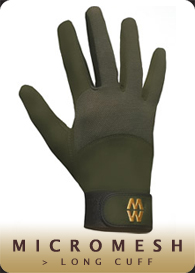
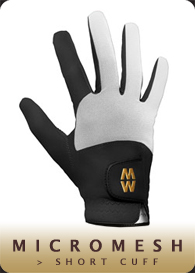
Macwet gloves have used some incredible technology to bring us these gloves, and added style and comfort to boot!
Having spent over 30 years riding, I can honestly say I have never found a glove that I would change back to!
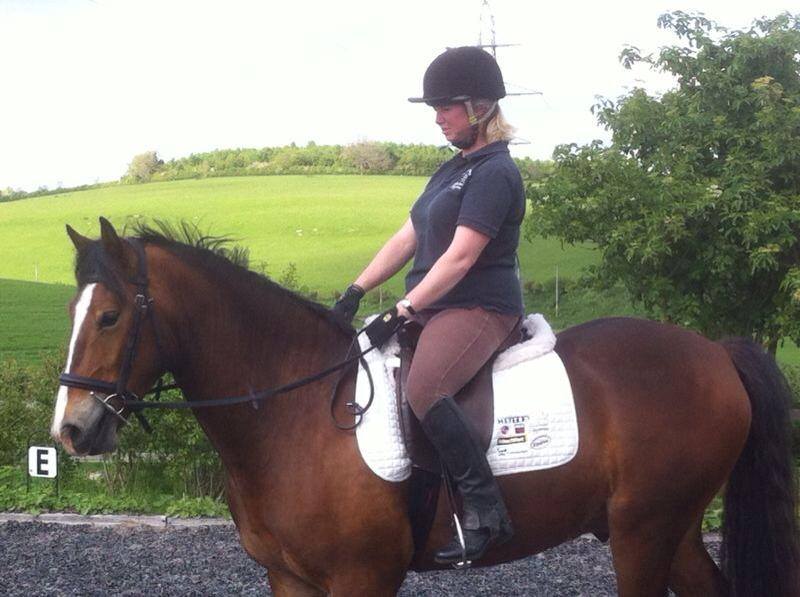
Gloves being worn here are the Climatec Short Cuff.
